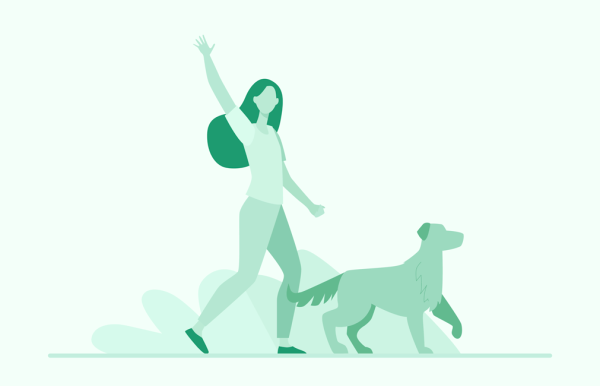How to Train Your Dog Not to Run Away

Picture this: A sunny day at the park. The breeze rustles through the leaves. You're laughing, playing, and loving time spent with your dog. You decide to let your furry friend off the leash for some well-deserved freedom… only to find yourself in a heart-pounding chase as your pup takes off on an unexpected sprint.
Many pet parents have experienced the anxiety that comes with their dogs' natural inclination to explore—especially when it means they’re headed far away from us. We’re here to help! Read on for:
- Common situations where your dog might be tempted to run away
- Benefits of safe off-leash time
- The foundation of off-leash training
- How to train your dog not to run away
- What to do if your dog does make a successful escape attempt
- Further dog training and enrichment resources
1) Situations your dog might be tempted to run away from you
Fear or anxiety
Dogs may try to escape when they're frightened or anxious. Loud noises, thunderstorms, fireworks, or unfamiliar environments can trigger fear—it's why so many dogs go missing around the 4th of July and New Years.
Adrenaline can make it possible for scared dogs to perform feats they usually wouldn't be able to, like scaling physical fences and leaping great heights. (Yep, you read that right. Some pups really turn into fence climbers when they're desperate to get away from whatever's frightening them.)
You can read more about dog anxiety in this piece.
Lack of proper exercise and enrichment
Excess energy
Dogs with excess energy make escape attempts if they are not getting enough exercise and mental stimulation. Regular physical activity and playtime are necessary to keep your dog happy in our modern human world. Sometimes basic daily walks won't be enough!
You can read more about healthy physical exercise in this article.
Boredom
Dogs left alone for extended periods without mental or physical stimulation may become bored. Boredom can lead to restlessness—which can result in these pups becoming escape artists. You can read more about canine enrichment in this article.
Boredom can be particularly tricky for dogs contained by an invisible fence, or form of electric fence, in their own yard. They can still see other people, pets, and stimuli passing by—and they don't have a real fence barrier, which means it's even easier for to escape. If the promise of adventure outside the invisible fence perimeter seems exciting enough, these dogs might blow right through their containment collars. This can hurt them and be dangerous to others in your neighborhood, too.
Attraction to other animals
Other dogs, wildlife, or even specific scents may attract your dog's curiosity. Depending on the specific allure, even previously well-behaved pups might follow these stimuli.
Chasing prey
Dogs with a strong prey drive may be tempted to chase after small animals, birds, or other moving objects. On rare occasions a pup might even so motivated that their escape attempt involves getting past a physical fence. (It's not just fear that can turn our dogs into escape artists!)
Separation anxiety
Dogs with separation anxiety may make frantic escape attempts when left alone. The anxiety and distress they experience when separated from their pet parents can result in a strong desire to try to find their way back to you.
Separation anxiety can be a serious condition that needs thoughtful positive reinforcement training. You can read more about separation anxiety here.

Benefits of sharing off-leash time with your dog
There are many benefits of off leash exercise—as long as it's done safely—for pets and people alike.
Moving freely is great for your dog's physical health
Being off leash lets your dog exercise in ways that aren't possible when on a leash. Modern dogs are not wild animals anymore—we've domesticated them for generations and generations—but that doesn't mean they don't still love to run freely, swim, or hike at their own pace without feeling pressure from a physical tether!
Plus these activities can offer higher intensity exercise than most leashed walks or runs with your dog, which is perfect to maintain strong muscles.
Off-leash dog training can also give young or elderly dogs a better opportunity to take breaks and listen to their bodies. All these can be important contributors to your dog's health!
Off-leash exploration can improve your pup's mental health
Off leash activities give your dog the freedom to roam, explore, and sniff new things. This provides your dog with some much-needed mental stimulation, especially in challenging environments. Living in a modern human world—and always having to stay at the end of a short leash—can be tough for companions whose ancestors used to cover miles in a single day.
Having fun with your dog off leash can build your relationship
Choosing to do off leash training with your dog means taking the time to teach them cues that will ensure their safety. This training builds trust between you and your dog. The work you put in ahead of your adventures—and the joy you share on your outings themselves—ultimately lead to a closer relationship!
Key components of off-leash training
Recall: Your dog comes back when you call
Of all the things you can teach your dog, teaching them to come when called, known as a reliable recall, is arguably the most important. The outside world can be unpredictable despite your best efforts. This cue will help keep your four-legged friend safe—and keep you from chasing your dog at the local park!
You can read more about recall in this article.
Not running away: Your dog stays nearby while unleashed
Another part of safe off-leash time is your dog having a default understanding that they should stay near you. That’s the focus of this article! Now that we've set some helpful background, let's dive into the nitty gritty.
How to train your dog not to run away from you
First things first: Use a leash in the beginning!
Management is great.
Begin with a long leash or training lead to give your dog some freedom while maintaining control. This allows you to reinforce their cues if needed (like if they get distracted).
You can also practice in a safely fenced in spot. But remember: Your dog might still be able to escape in certain situations—and it can be harder to get their attention back on you if they're running completely loose. We usually recommend easing into full off-leash time even in "secure" areas.
Build up a strong relationship
If you and your dog have a strong relationship, they’ll be more likely to care about what you’re doing out on off-leash adventures. This means your pup will have a natural impulse to check in more regularly!
Here are some ways to build your bond:
- Play together
- Pay attention to your dog’s body language
- Try to listen when your dog asks for something or express a preference
- Share physical affection
- Share dog-friendly foods
Reward your dog for staying nearby
When your dog stays close to you voluntarily, reward them with favorite treats, praise, or play. Reinforce the behavior you want to encourage!
Consider using environmental rewards
Allow your dog to explore the environment as a reward for staying close. Use natural elements, like sniffing or exploring an interesting area, to reinforce their positive behavior.
Gradually provide more freedom
Gradually increase the distance between you and your dog as they become more reliable at staying close. Continue to reward them for choosing to stay nearby. Pay attention to your dog's body language. If they show signs of distraction or are about to wander too far, use your recall cue—and reward them heavily for returning.
Practice around distractions
Move to different environments and gradually increase the level of distractions. Practice in various locations, introducing new scents, sounds, and sights.
Always ask if your dog will be successful before letting them off leash
Patience is crucial. If your dog doesn't stay close immediately, avoid punishment. Focus on positive reinforcement! Make staying near you a rewarding experience.

Safety measures in case your dog ever does get away from you
No matter how hard we train, manage, and set ourselves up for success, sometimes flukes happen. We can’t always control the world around us. If your dog ever does run away, it's crucial to have safety measures in place to increase the chances of a safe and speedy return!
Make sure your dog wears clear identification
Ensure your dog is wearing a collar with an ID tag that includes your current contact information. This is a quick way for someone who finds your dog to contact you directly.
Microchip your dog
Have your dog microchipped. A microchip is a permanent form of identification and can be crucial in reuniting you with your dog. Make sure the microchip information is up-to-date with your current contact details.
Keep recent photos of your dog
Keep recent and clear photos of your dog. These photos will be valuable for creating lost dog posters and sharing on social media to help spread the word.
Understand your local resources
Know the locations and contact information of local animal shelters, veterinary clinics, and animal control offices. If your dog is found, they may be taken to one of these facilities.
Prepare a lost dog kit ahead of time
Prepare a lost dog kit that includes a recent photo, description of your dog, your contact information, and any relevant medical information. Keep this kit readily available for quick access.
What to do in the moment if your dog runs away from you
Stay calm
We know it's easier said than done—but your dog is more likely to come back to you if you're a steady, familiar presence than if you're frantic about their escape.
Use your known recall cue
If your dog knows a recall cue, use it confidently and enthusiastically. Try to call them in a happy and inviting tone that encourages them to return (yes, even if you're actually pretty annoyed). What's most important is that you get your pup back safely.
Avoid the impulse to chase after your dog
Resist the urge to chase your dog. This can turn their break away into a game and encourage them to keep running off.
Try to create a diversion
Sometimes creating a distraction (like making an exciting noise or using a squeaky toy) can grab your dog's attention and encourage them to come back to investigate.
What to do if you realize your dog has escaped your home or yard
Experts estimate that one in three pets will go missing in their lifetime.
Act quickly
Begin searching for your dog as soon as you notice they're missing. The quicker you act, the better the chances of finding them nearby!
Enlist neighbors and friends to help you look for your dog
Let your neighbors know that your dog is missing. They can keep an eye out and join your search parties.
Use social media
Post a clear photo and description of your dog on social media platforms. Local community groups and pages are especially helpful. The world has never been smaller now that we're all online!
Contact shelters and vets
Call animal shelters, veterinary offices, and animal control agencies in your area. Provide them with a description of your dog and your contact information.
Use familiar scents to help your dog find their way back
Leave out items with your scent, such as a piece of clothing or their bed, near your home. This might help guide your pup back to you.
Further training and fulfillment resources
The Sniffspot blog is dedicated to relevant, high quality articles with modern advice aligned with recognized dog experts. Here are a few great places to start if you're worried about your dog running away (and want to make sure they're getting enough physical exercise and freedom).
Dog enrichment and exercise
- Do all dogs need off-leash time?
- Comprehensive canine enrichment guide
- Best mental exercises for your dog
- Unconventional ways to exercise your dog
- Exercise calculator: How much exercise does your pup need?
- Is your dog a good fit for the dog park?
Basic dog training
- Dog training 101
- Puppy training 101
- Introduction to common dog behaviors
- Canine cognition and dog psychology basics
Trainer Review of this Article
There is so much misinformation out there, and we want to make sure we only provide the highest quality content to our community. We have our articles reviewed by qualified force free trainers.
This is the trainer that reviewed this article:
Brittany L. Fulton, CTC
Founder and Trainer, Dances with Dogs, Silver Spring, MD, www.dancesdogs.com - Certified in Training and Counseling (CTC), The Academy for Dog Trainers
Most recent articles

Explore the Australian Shepherd: Genuine Tips from 9,000+ Owners
Discover the Australian Shepherd, a breed celebrated for its trainable, playful, and affectionate nature. Considered a medium dog, Australian Shepherds were originally bred in United States for herding, beginning in 1950s.

Explore the American Staffordshire Terrier: Genuine Tips from 9,000+ Owners
Discover the American Staffordshire Terrier, a breed celebrated for its playful, friendly, and loyal nature. Considered a medium dog, American Staffordshire Terriers were originally bred in United Kingdom for baiting bulls, fighting, and hunting, beginning in 1800s — though they're known as gentle, playful lovers today.

Explore the Golden Retriever: Genuine Tips from 9,000+ Owners
Discover the Golden Retriever, a breed celebrated for its affectionate, playful, and trainable nature. Considered a large dog, Golden Retrievers were originally bred in Scotland for hunting and retrieving game, beginning in 1860s.

Explore the Labrador Retriever: Real Tips from Owners
Discover the Labrador Retriever, a breed celebrated for its playful nature, affectionate temperament, and trainability. Labradors are known for their friendly demeanor and adaptability, making them perfect family companions and versatile working dogs.

Explore the German Shepherd Dog: Genuine Tips from Owners
Discover the German Shepherd Dog, a breed celebrated for its intelligence, loyalty, and versatility. Known for its impressive size and smooth, graceful movements, German Shepherds excel in various roles, including as guide, therapy, bomb detection and police dogs, while being a devoted family companion.
Related articles
Top dog guides per area
Dog training guides

How to Deal With Food Aggression in Dogs (Facts + Infographic)
Does your dog ever growl when you walk by their food dish? Maybe they get possessive of treats, carrying them far away and giving you side-eye when you start to approach — or snarling at your other pets or children if they get too close.

Comprehensive Guide to Scent Training for Dogs (Facts + Infographic)
As almost every dog owner is aware, the nose of a dog is an amazing thing. Just as they can pick up sounds we can’t hear, their sense of smell and ability to pick up scents is well beyond ours. In fact, dogs have 40 times the number of olfactory receptors as humans.

How Much Does it Cost to Train a Service Dog?
More than 80 million Americans rely on their service dogs to help them navigate the world. Task-trained assistance animals perform a huge range of life-changing—in many cases, life-saving—services: These dogs act as eyes for visually impaired handlers, provide mobility support, alert to seizures and blood sugar crashes, interrupt anxiety attacks, remind their people to take medications, and so much more.

What is and How to Handle Potty Training Regression
You thought your dog was house trained. Your home was clean from puddles of pee, those dreaded middle-of-the-night bathroom breaks were behind you, and you loved every minute of dog ownership… until your four-legged best friend started using the bathroom inside again. What’s going on?

Coprophagia: Why Does Your Dog Eat Poop?
Ah, poop. We humans think it’s disgusting… but many of our dogs seem to love the stuff. If you’re wondering why your canine companion tries to eat feces (either their own or that of other animals) you’re not alone!
Dog enrichment guides

The Best Dog Water Parks in the United States
Do you have a water-loving dog looking to burn some energy? There are countless dog parks to visit throughout our country — but some of them become far too hot in the midday sun to be safe for your pets to play. That’s why we’ve put together a list of some of the best dog water parks throughout the United States! At these locations, your pup can frolic, splash, and swim to their heart’s content.

Best Toys for Herding Dogs
* All Sniffspot articles are reviewed by certified trainers for quality, please see bottom of article for details *

The Best Dog Toys for Aggressive Chewers (Facts + Infographic)
Does your dog destroy every toy you give them? Is your house littered with remnants of fabric and stuffing of all different sizes? Are you tired of investing in “indestructible” toys only for your pup to still dismantle—or worse, get bored of—them in just a few days?

Dog Exercise Calculator: How Much Exercise Does Your Dog Need?
You’ve been told your dog needs regular exercise. There’s a reason “walking the dog” is a classic daily activity: Frequent excursions give your pup a chance to experience the world, maintain a healthy weight, and — most importantly — spend time with you! Consistent physical activity can also improve their strength, muscle tone, coordination, and mental ability over time.

Complete Guide To Herding With Dogs
* All Sniffspot articles are reviewed by certified trainers for quality, please see bottom of article for details *
Dog reactivity guides

Rottweiler Aggression: Signs, Causes, and How to Handle It
Many dogs have gotten a bad reputation over the years for being "dangerous breeds." Rottweilers are among them. Like pit bulls and other large, blocky-headed types of dogs, these powerful and beautiful animals are often assumed to be aggressive.

Dog Reactivity Chart: Understand and Fix Dog Reactivity
Your dog is reactive. They’ll see another dog, person, or other stimulus in the environment (like a car or bike) while out on a walk and suddenly go crazy at the end of their leash. The barking, lunging, and growling feels embarrassing for you — and it’s clear that your pup isn’t having a great time either.

How to Socialize Your Reactive Dog
Does your dog display reactivity to other pets or people? Maybe they’re a new rescue pup and are still settling into your home. Or they were sick growing up, so you missed their critical socialization period. Possibly they’ve had a bad experience after being raised as a normal puppy.

Definitive Guide: What is Dog Reactivity?
Do you have a reactive dog or suspect you may have one? You’re not alone!

How to Deal With Food Aggression in Dogs (Facts + Infographic)
Does your dog ever growl when you walk by their food dish? Maybe they get possessive of treats, carrying them far away and giving you side-eye when you start to approach — or snarling at your other pets or children if they get too close.
Sniffspot community guides

The State of Public Dog Parks Across the United States
From 2009 to 2020, there was a 40 percent increase in the development of public dog parks. Designated spots for canine exercise have become commonplace in every major city in North America — many pet owners won’t even consider renting an apartment that doesn’t have its own fenced-in pet area for their canine companions.

How This Family is Affording Their Dream Property Through Renting it Hourly to Dogs
Thousand Oaks, California has been a safe haven for Sniffspot host, Jen, since childhood. Having grown up in busy Santa Barbara, Jen, an introvert from an early age, would seek out solitude and serenity away from tourists attractions and droves of people visiting from elsewhere. “My grandparents own 60 acres about a 30 minute drive from here, and I grew up spending every summer and every holiday visiting them on the ranch,” Jen explained. “In Santa Barbara, we wouldn't go to the beach on the weekend because that's where everybody was, so you'd find places off the beaten path where the tourists weren't. For me, the ranch was just my happy place.”

Host Tips: Ellen K. What Makes Sniffspot Successful for Me
Ellen is the host of Country Pasture Getaway, one of Sniffspot's most popular sniff spots. She has taken the time to write up the lessons she has learned about how to be a great sniff spot host.

How this Oregon Farmer is Making a Business From Renting Her Land to Dogs
Just 20 minutes outside of the busy city of Portland, Oregon, and settled right on the banks of the Columbia River, you’ll find what countless visitors have flocked to the area in search of – mountain views, crisp, clean air, and running water for miles. What you might not expect to find, however, is a hidden oasis designed just for dogs and their people, owned and operated by a farming couple and enjoyed by visitors on two legs, and four.

Host Tips: Fran T. Providing Great Guest Service at our Spot
Fran is the host of Ranch Setting, one of Sniffspot's most popular spots. She has taken the time to write up the lessons she has learned about how to be a great Sniffspot host.
Top dog trainers in the US

The Best Dog Trainers in the United States of 2024
This is a list of the top dog trainers in the United States, based on votes from the Sniffspot community and the general public.
The Best Dog Trainers in Seattle, WA of 2024
This is a list of the top dog trainers in Seattle, WA, based on votes from the Sniffspot community and the general public.
The Best Dog Trainers in Portland, OR of 2024
This is a list of the top dog trainers in Portland, OR, based on votes from the Sniffspot community and the general public.
The Best Dog Trainers in Los Angeles, CA of 2024
This is a list of the top dog trainers in Los Angeles, CA, based on votes from the Sniffspot community and the general public.
The Best Dog Trainers in New York, NY of 2024
This is a list of the top dog trainers in New York, NY, based on votes from the Sniffspot community and the general public.
City dog parks guides

The Best Indoor Dog Parks in the United States
Looking for a space to play with your dog no matter what the weather’s like outside? Look no further than our list of the best indoor dog parks in the United States! These climate-controlled spaces are growing in popularity as pet ownership increases throughout the country. As a bonus, many of them also offer dog training, boarding, grooming, or daycare services on the premises.

The Best Off-Leash Dog Parks in the United States
Looking for the perfect place to play with your dog? We’ve got you covered! It’s hard to narrow down, but we’ve put together some of the best off-leash dog parks throughout the country so you can plan your next adventure — along with a checklist of what to bring, what to know beforehand, and some frequently asked questions.

The Best Las Vegas, Nevada Dog Parks
Looking for the perfect place to play with your dog in Las Vegas? We’ve got you covered! Take a look at the best local dog parks to plan for your next adventure in Sin City.

The Best United States Dog Parks
Looking for the perfect place to play with your dog? We’ve got you covered!

The Best Portland, Oregon Dog Parks
Looking for the perfect place to play with your dog in Portland? We’ve got you covered! Take a look at the best local dog parks and plan for your next adventure in the City of Roses.
Top dog names in the US
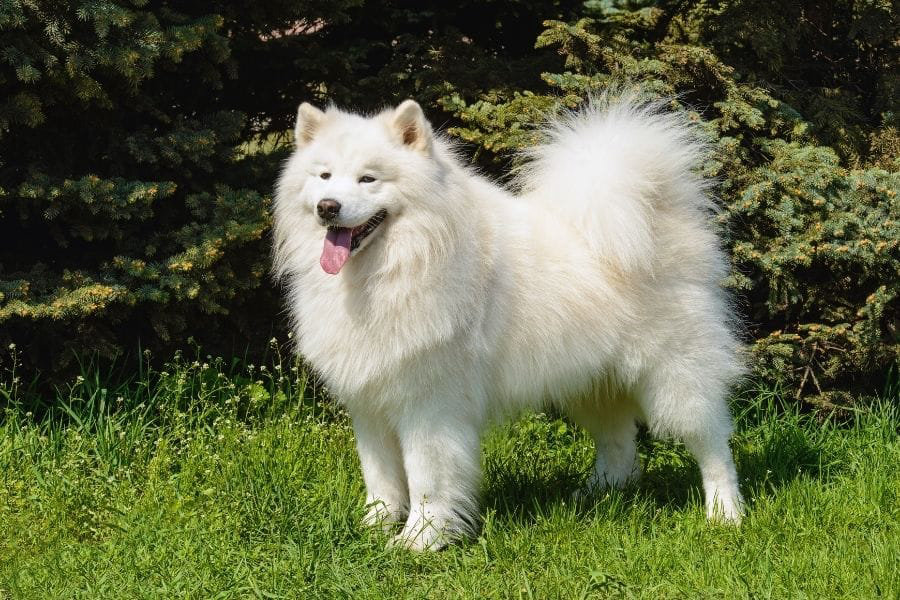
Top 1,000 Most Popular Dog Names
Looking for the perfect dog name for your new pup? We have created filterable lists of dog names from our database of hundreds of thousands of Sniffspot users. You can filter by gender, breed and state to find the most cute, unique and creative dog names.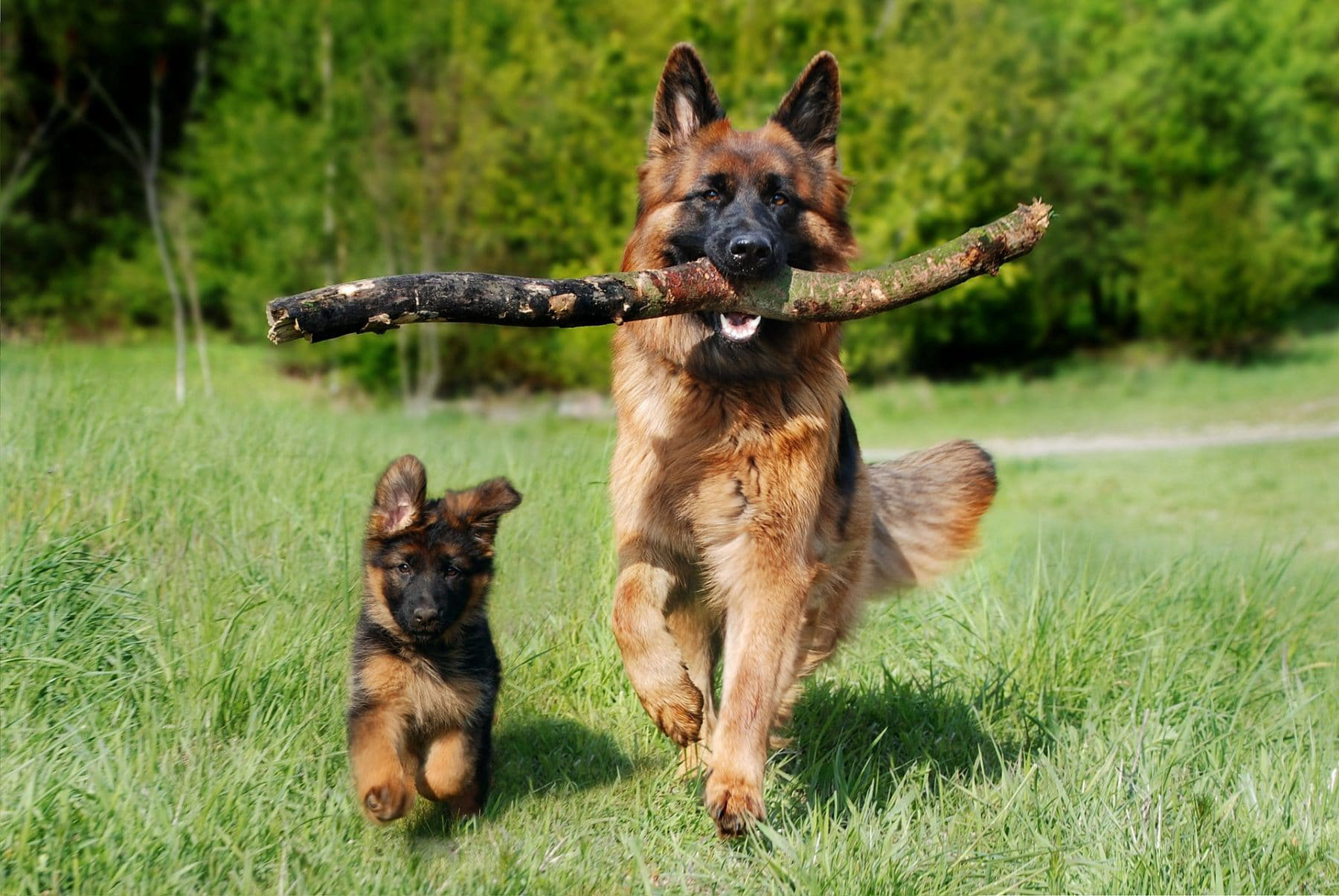
Most Popular Male Dog Names
Looking for the perfect dog name for your new male pup? We have created filterable lists of male dog names from our database of hundreds of thousands of Sniffspot users. You can filter by gender, breed and state to find the most cute, unique and creative male dog names.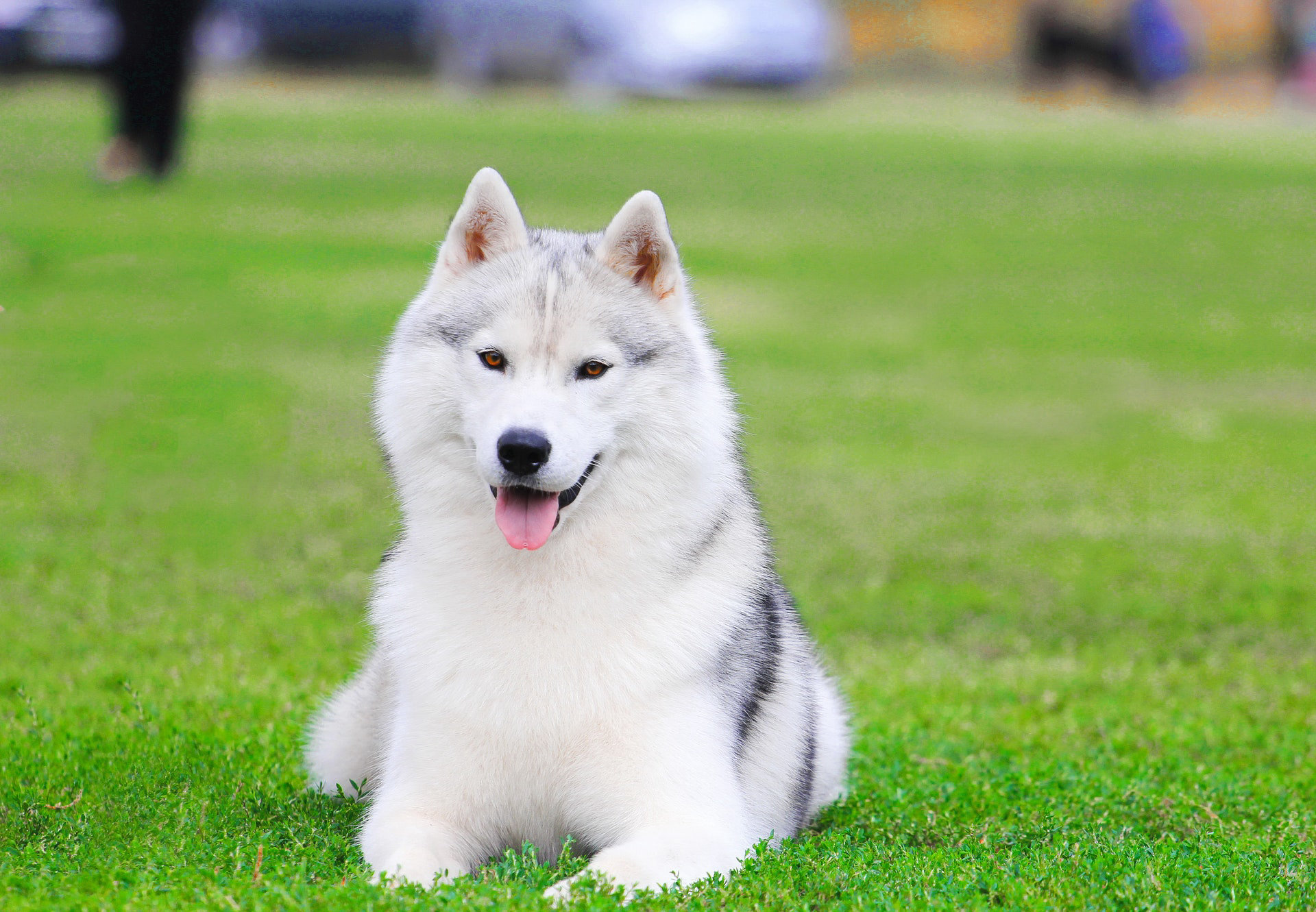
Most Popular Female Dog Names
Looking for the perfect dog name for your new female pup? We have created filterable lists of female dog names from our database of hundreds of thousands of Sniffspot users. You can filter by gender, breed and state to find the most cute, unique and creative female dog names.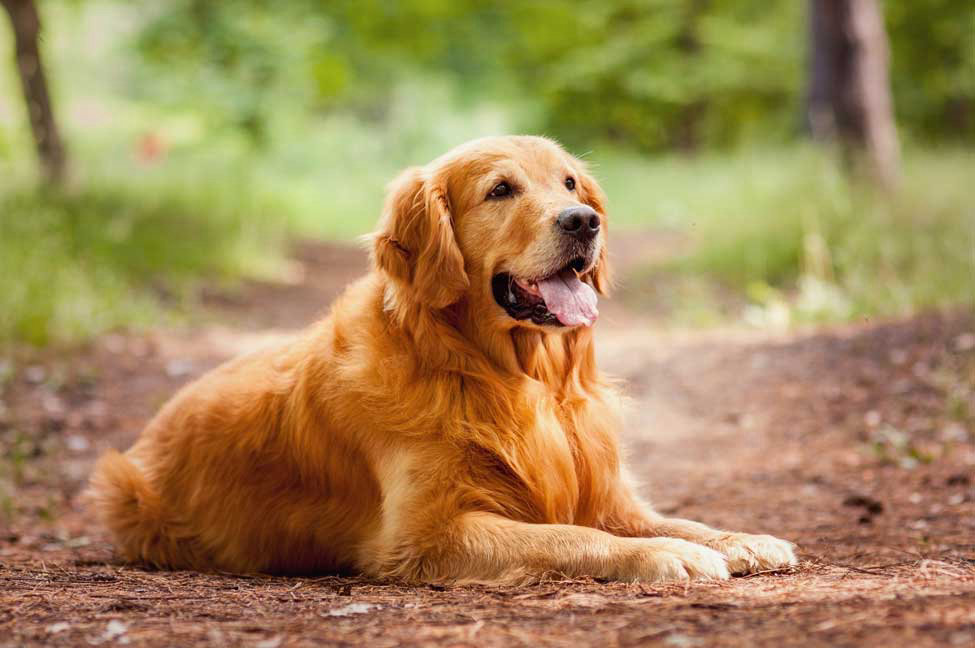
Most Popular Golden Retriever Names
Welcome to our comprehensive list of Golden Retriever dog names, curated from our vast database of Sniffspot users. Filter through hundreds of thousands of options by gender, breed, and state to discover the most adorable, original, and imaginative names for your beloved Golden Retriever.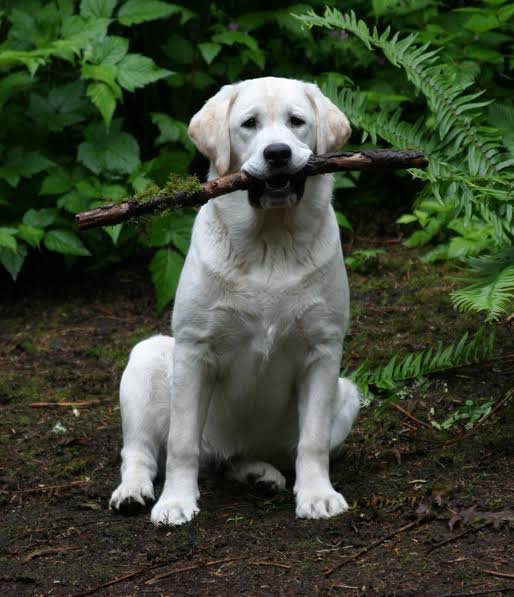
Most Popular Labrador Retriever Names
Welcome to our Labrador Retriever dog names page! Here you can browse through filterable lists of names for your beloved furry friend, ranging from cute and classic to unique and creative options. Our database of hundreds of thousands of Sniffspot users ensures you'll find the perfect name for your Labrador Retriever, whether you're seeking a name for a male or female, based on breed or state.
Top dog rescues in the US

The Best Washington Dog Rescues & Shelters in 2024
This list showcases the top dog rescues & shelters in Washington. These remarkable organizations have been recognized for their unwavering dedication to the well-being of countless dogs.
The Best Oregon Dog Rescues & Shelters in 2024
This list showcases the top dog rescues & shelters in Oregon. These remarkable organizations have been recognized for their unwavering dedication to the well-being of countless dogs.
The Best California Dog Rescues & Shelters in 2024
This list showcases the top dog rescues & shelters in California. These remarkable organizations have been recognized for their unwavering dedication to the well-being of countless dogs.
The Best Florida Dog Rescues & Shelters in 2024
This list showcases the top dog rescues & shelters in Florida. These remarkable organizations have been recognized for their unwavering dedication to the well-being of countless dogs.
The Best New York Dog Rescues & Shelters in 2024
This list showcases the top dog rescues & shelters in New York. These remarkable organizations have been recognized for their unwavering dedication to the well-being of countless dogs.














